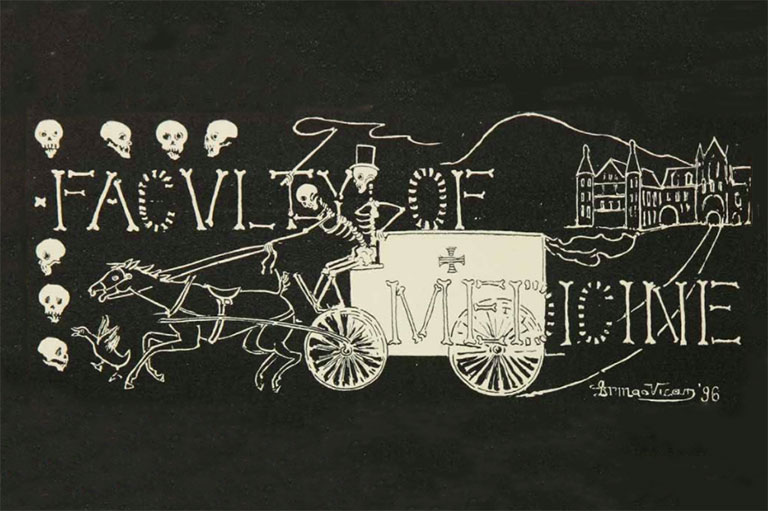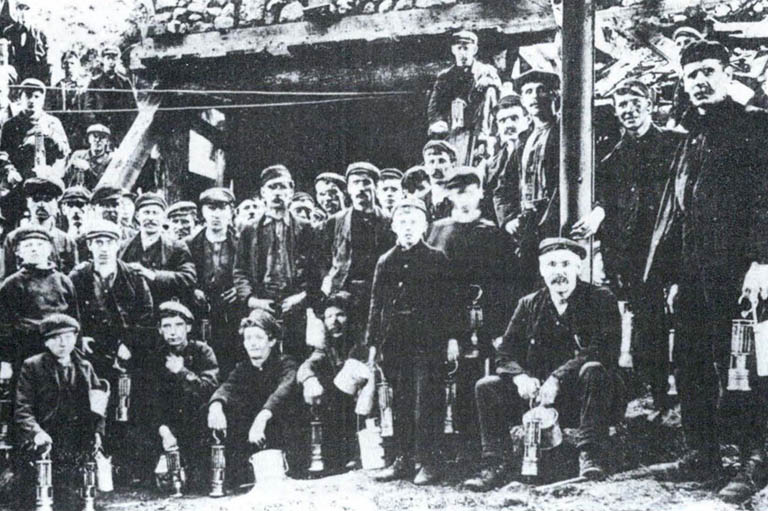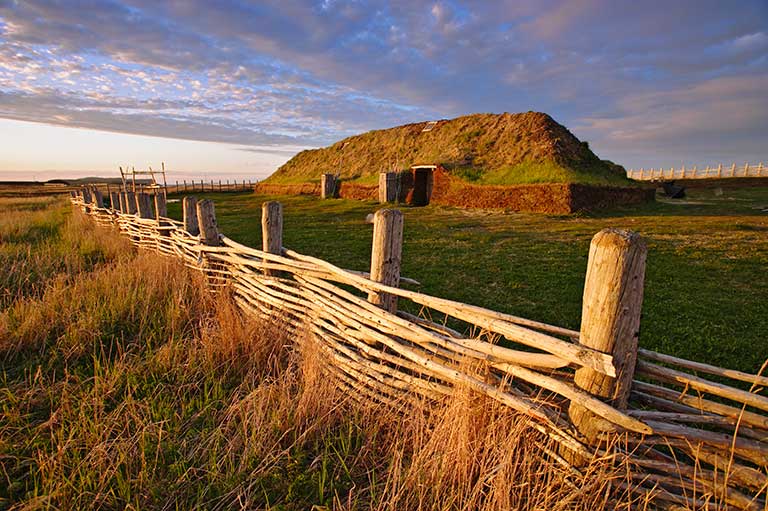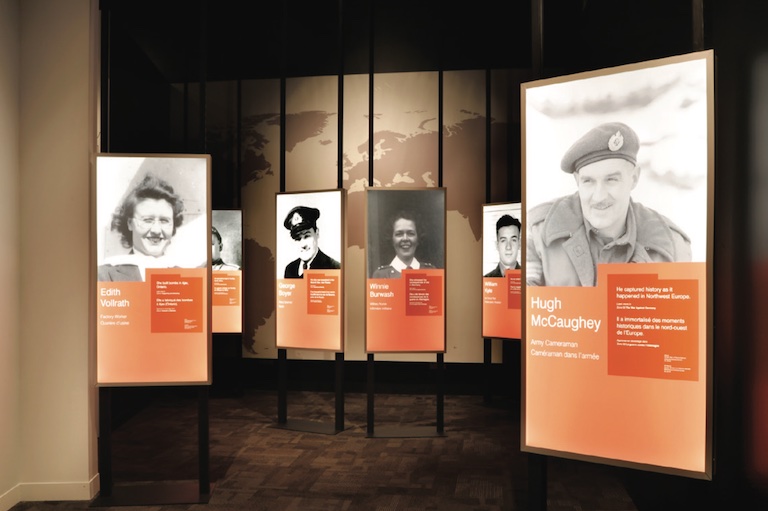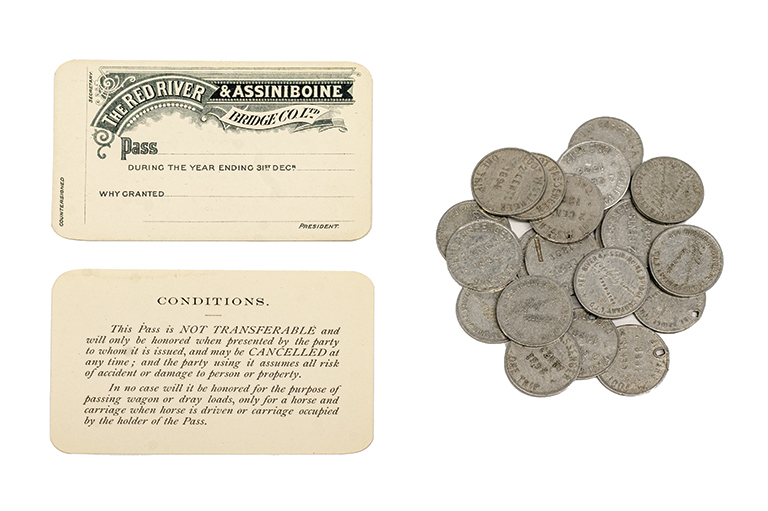House of Refuge

Sara Lauzon acquired the nickname “Cornwall’s Little Historian” because she has been digging up stories about her community’s history since she was sixteen years old.
Much of her research involves the Cornwall House of Industry and Refuge. The poor house, as it was known, was a place of last resort for people who could not support themselves.
In this podcast Lauzon explains why she became interested in researching her community’s history.
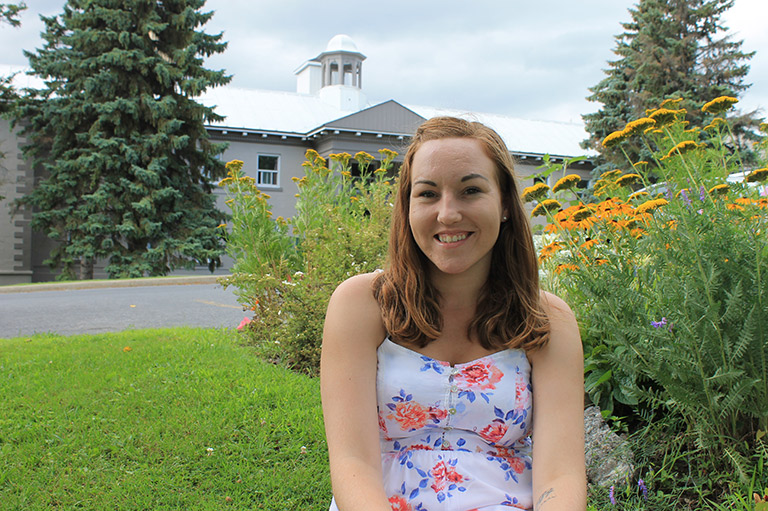
Here is an abbreviated and edited transcript of the podcast:
How did you come to discover the Cornwall House of Refuge?
My mother works there. It was turned into a nursing home in 1972. It’s really big, up on a hill. When I started volunteering for a small historical society in my town, I would go into their archive room and I would look up my own stuff.
I was completely fascinated to find out that it was a House of Refuge. Basically, if there was someone needing shelter — could have been an orphan child, could have been an elderly person — it was basically to get anyone living on the street in with a roof over their head.
The most fascinating part for me was that if there was no one to claim the body of a person who passed away in this facility, the body would be buried on the property. So, essentially, whenever I was (playing there as a child), I was really running over an unmarked cemetery.
When were these Houses of Refuge established?
The Ontario House of Refuge Act was passed in 1890. But most citizens did not want these buildings built. Over time, in 1906 and 1911, the rules became really strict and they basically told people that you are putting this building up whether you like it or not. So Cornwall built theirs in 1913. They were all over Canada (not just Ontario).
What have you learned about the people who lived at the Cornwall House of Refuge?
A lot of the people had suffered hardship. They tried to have a business running and the business would fail and they would have no money left and be sent to the House of Refuge as a last resort. There were children who were left there because their mothers passed away and their fathers passed away, or they just didn’t want them and they were just shoved in there to be adopted.
I have a case where a lady was pregnant out of wedlock and she gave birth in the facility. He actually passed away sixteen days after he was born there. He is probably one of the people buried on the property.
What was your reaction when you learned about these unmarked graves?
I was actually shocked. When I started doing more research, I learned that some of the bodies were disrupted and moved. When a construction company was doing some work, they came across twenty-nine bodies.
Tell me about your project to help remember some of these forgotten people who were buried in unmarked graves.
I have two things going on. One is that I’m looking through the names of all the 906 inmates who walked through the doors of the House of Refuge. We’re fortunate to have a register that survived.
So I’ve been researching them one by one, just to see if I can find where they are buried. I have been able to trace that about fifty of them so far were buried on the property. But I’ve only researched 220 so far. One day I will place a monument on the current property, listing each and every name of the people who are buried there.
And the second thing project is about the twenty-nine bodies uncovered. They were moved to a cemetery at a tiny town near Cornwall. So I what I am trying to do now is raise money for these twenty-nine people, so that they can at least have a tombstone.
How much will this memorial project cost?
To get the foundation laid, and poured by the cemetery itself, with the tombstone and inscription, will cost about $5,000. I’ve been tours around town, I have been giving lectures, just to get some money going for this monument.
What other projects are you involved with as a local historian?
I researched Judge O’Reilly, who died on the job in the courthouse in 1929 (from a severe asthma attack) after serving for 29 years. There was no mention of him in the courthouse — not a plaque, not a small picture.
There was literally nothing to say he served as a judge for 29 years. So it kind of became my personal mission to fix that. It took a while for people to listen to me because I was sixteen or seventeen when I was doing this.
Finally, when I was 21, I received help from a retired policeman who put in a good word for me. So it became a reality. There was a ceremony for the judge (and his portrait was put on display in the courthouse). Ever since then, I got the nickname Cornwall’s Little Historian.
We hope you’ll help us continue to share fascinating stories about Canada’s past by making a donation to Canada’s History Society today.
We highlight our nation’s diverse past by telling stories that illuminate the people, places, and events that unite us as Canadians, and by making those stories accessible to everyone through our free online content.
We are a registered charity that depends on contributions from readers like you to share inspiring and informative stories with students and citizens of all ages — award-winning stories written by Canada’s top historians, authors, journalists, and history enthusiasts.
Any amount helps, or better yet, start a monthly donation today. Your support makes all the difference. Thank you!
Themes associated with this article
Advertisement
You might also like...

Canada’s History Archive, featuring The Beaver, is now available for your browsing and searching pleasure!


